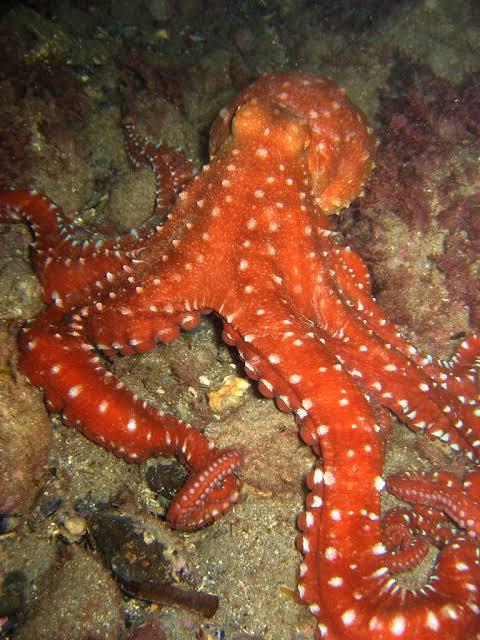THE NEW CAR PROJECT SET TO BREAK THE SOUND BARRIER
Bloodhound LSR, formerly Bloodhound SSC, is a British land vehicle designed to travel at supersonic speeds with the intention of setting a new world land speed record. The arrow-shaped car, under development since 2008, is powered by a jet engine and will be fitted with an additional rocket engine. The initial focus is to exceed the current speed record of 763 mph (1,228 km/h) in 2020 or 2021, with the vehicle believed to be able to achieve speeds up to 1,000 miles per hour (1,609 km/h).
| Bloodhound LSR | |
|---|---|
 | |
Manufactured by Grafton LSR Ltd, Class of Land speedrecord Vehicle Powertrain :EngineRolls-Royce Eurojet EJ200 afterburning turbofan | |
| Chronology | |
| Predecessor:ThrustSSC Driver Andy Green will attempt to break his own record set in 1997. The previous business behind Project Bloodhound went into administration in late 2018.Entrepreneur Ian Warhurst bought the car to keep the project alive. A new company called Grafton LSR Ltd was formed to manage the project, which was renamed Bloodhound LSR and moved to SGS Berkeley Green University Technical College. Driver Andy Green will attempt to break his own record set in 1997. The previous business behind Project Bloodhound went into administration in late 2018.Entrepreneur Ian Warhurst bought the car to keep the project alive. A new company called Grafton LSR Ltd was formed to manage the project, which was renamed Bloodhound LSR and moved to SGS Berkeley Green University Technical College. The venue for high speed testing and future world land speed record attempts is the Hakskeen Pan in the Mier area of the Northern Cape, South Africa. An area 12 miles (19 km) long and 3 miles (4.8 km) wide was identified as suitable, with hand-clearance of rocks by local volunteers before track markings could be applied,with the first runs in October 2019.Further runs in November 2019 achieved a top speed of 628 miles per hour (1,011 km/h), the eighth vehicle to attain a land speed of over 600 miles per hour (970 km/h). The aerodynamics of Bloodhound have been carefully calculated to make sure the car is safe and stable, particularly because it will encounter a shockwave when it reaches the speed of sound. The College of Engineering at Swansea University has been heavily involved in the aerodynamic shape of the vehicle from the start. Dr Ben Evans and his team used Computational Fluid Dynamics (CFD) technology designed by Professor Oubay Hassan and Professor Ken Morgan to provide an understanding of the aerodynamic characteristics of the proposed shape, at all speeds, including predicting the likely vertical, lateral and drag forces on the vehicle and its pitch and yaw stability. This technology, originally developed for the aerospace industry, was validated for a land-going vehicle during the design of ThrustSSC | |
Three prototype Eurojet EJ200 jet engines developed for the Eurofighter and bound for a museum were loaned to the project.The car will use one EJ200 to provide around half the thrust and power the car to 650 mph (1,050 km/h). A custom monopropellant rocket designed by Nammo will be used to add extra thrust for the world land speed record runs. For the 1,000 mph (1,600 km/h) runs, the monopropellant rocket will be replaced with a hybrid rocket from Nammo.A third engine, a Jaguar supercharged V-8 is used as an auxiliary power unit to drive the oxidiser pump for the rocket, although this will be replaced by an electric motor.
The venue for high speed testing and future world land speed record attempts is the Hakskeen Pan in the Mier area of the Northern Cape, South Africa. An area 12 miles (19 km) long and 3 miles (4.8 km) wide was identified as suitable, with hand-clearance of rocks by local volunteers before track markings could be applied, with the first runs in October 2019. Further runs in November 2019 achieved a top speed of 628 miles per hour (1,011 km/h), the eighth vehicle to attain a land speed of over 600 miles per hour (970 km/h).






Interesting
ReplyDeleteIt's cool and nice
DeleteIt's cool and nice
Deletenice post, be sure to check out my blog too : https://keithrainz.me/
ReplyDeleteNice post bro ,
ReplyDeleteInformative content you post
ReplyDeleteGoood
ReplyDeleteWow. What a great info. Loved it.
ReplyDeleteGreat
ReplyDeletePretty good blog
ReplyDeleteNice article
ReplyDeleteThis is too much and elegant
ReplyDeleteThis is just like a jet 🛩️
ReplyDeleteAwesome and interesting post. Keep it up.
ReplyDeleteVery amazing post 👍
ReplyDeleteGreat I didn't knew about this sound barrier...
ReplyDeleteI got to learn something new from this post. 👍
ReplyDeleteWow... that's amazing
ReplyDeleteCoooool
ReplyDeletePyari dosti
ReplyDeletewoww 😎
ReplyDeleteKool one
ReplyDeleteThis is too deep a maker
ReplyDeleteAI at work really!
ReplyDelete